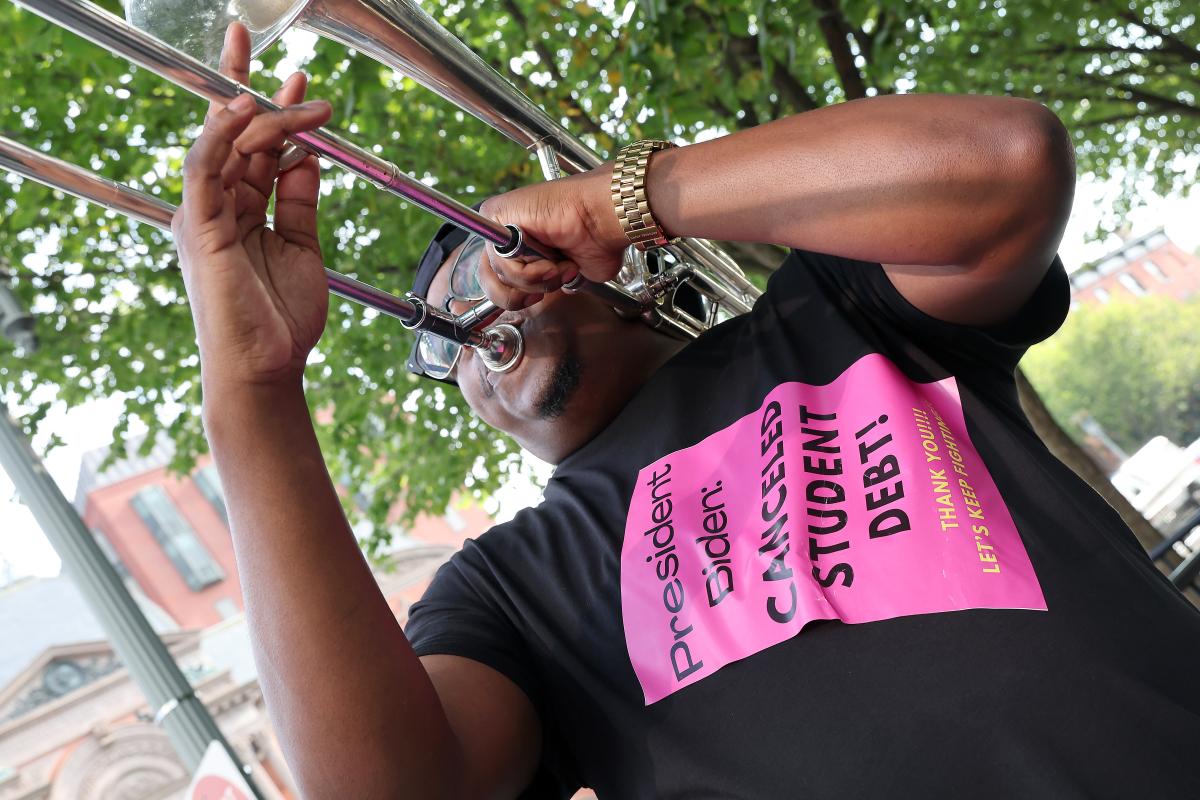The GI Bill, signed into regulation in 1944 to present Earth War II veterans with money for higher education and housing, helped usher in significantly of today’s middle course. Close to eight million veterans took advantage of academic added benefits, and by 1950 the selection of U.S. citizens with a school diploma had additional than doubled. For the initial time, hundreds of thousands of veterans quickly skilled for GI-backed home loans, and by 1955, house loans really worth about $340 billion experienced been granted to veterans, amounting to just about a single-third of all new home financial loans.
There was just a single problem: Black veterans ended up largely excluded from these rewards. Prior to passage of the GI Bill, President Franklin Roosevelt conceded to a essential provision by racist Southern Democrats holding that states, and not the federal federal government, would figure out how the GI Bill benefits would be distributed. As a end result, Black individuals throughout the U.S. have been denied obtain to higher education programs, prevented from obtaining property home loans and kept out of freshly designed neighborhoods thanks to redlining. This wasn’t just an situation in the South. Of the 67,000 GI Bill-backed mortgages distributed in the New York area, much less than 100 were being granted to nonwhites.
The impact is nevertheless felt to this day. Just 26 percent of Black persons age 25 or older have a bachelor’s diploma or larger, in comparison to 40 percent of non-Hispanic whites. Just 43 percent of Black people today very own their homes, when compared to 72 percent of whites. This hole in homeownership—the one most significant resource of wealth for most Americans—has resulted in a widening of the prosperity hole among whites and Blacks from $64,000 for each household in 1968 to $136,000 currently. In limited, by virtually just about every economical measure, the GI Bill made Blacks worse off nowadays when compared to their white counterparts than they have been in 1950s.
As a final result, just about each individual initiative that supports Black communities—from affirmative action to internal-metropolis packages and even the function my group, Upswing, does to help minorities continue to be in university and graduate—has been relentlessly aimed at reversing the damaging effects of the GI Bill on Black communities.
Late last thirty day period, President Joe Biden declared an initiative aimed at forgiving up to $20,000 in federal scholar financial loans. The Biden administration estimates that approximately 90 percent of the meant beneficiaries make significantly less than $75,000 per year. The announcement has been controversial, to say the the very least, as lots of commentators have complained about the fairness of the forgiveness program.
But “fairness” is a funny phrase to use. For the previous seven many years, Blacks have been having on student loans to try to invest in a probability to realize the American dream—the same opportunity the GI Bill gave whites in the 1950s. Blacks consider on a lot more university student loans than their white counterparts. And right after graduation, the gap only grows: four decades after graduating, 48 percent of Black borrowers owe extra on their college student loans than when they graduated, as opposed to 17 percent of white borrowers.
If The us is significant about closing the expansive Black-white prosperity hole, we must be straightforward about how we arrived below. Only then can we choose a seem at initiatives like Biden’s college student bank loan forgiveness prepare and talk to not, “Is it truthful?” but instead, “Is it sufficient?”



More Stories
Maverick’s Fighter Jet Stunts Push the Boundaries of Physics
Women’s History Month 2022: An Interview with Jennifer Thompson
You Might Be Surprised to Learn That the First ‘Top Gun’ Is Actually Pretty Realistic